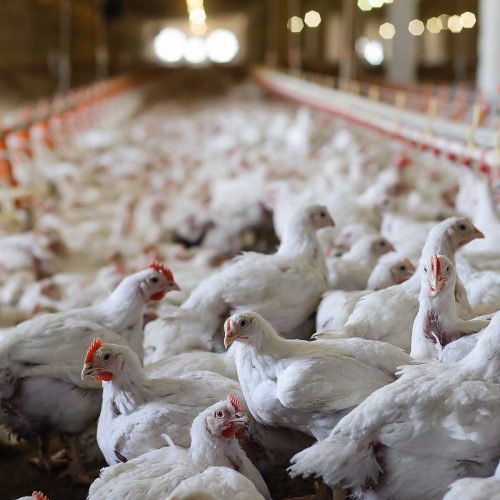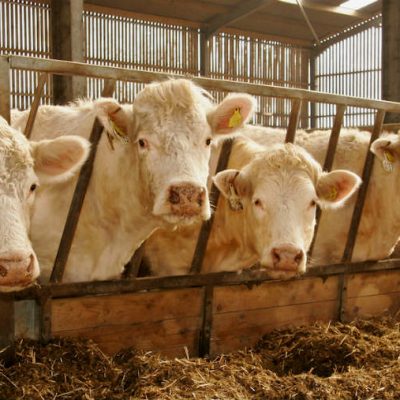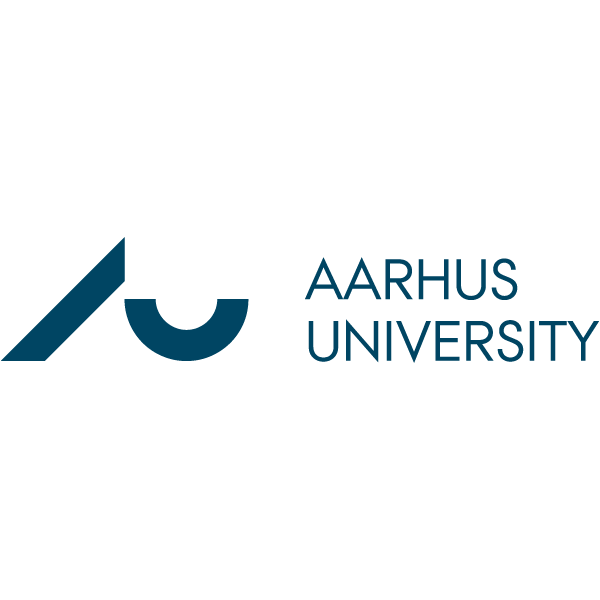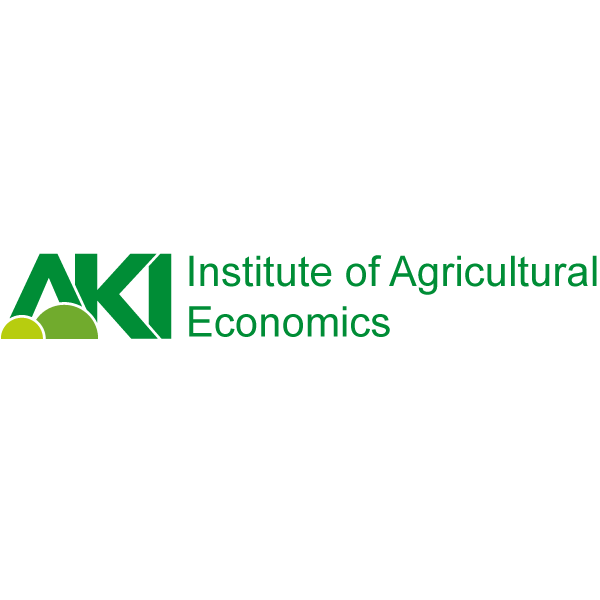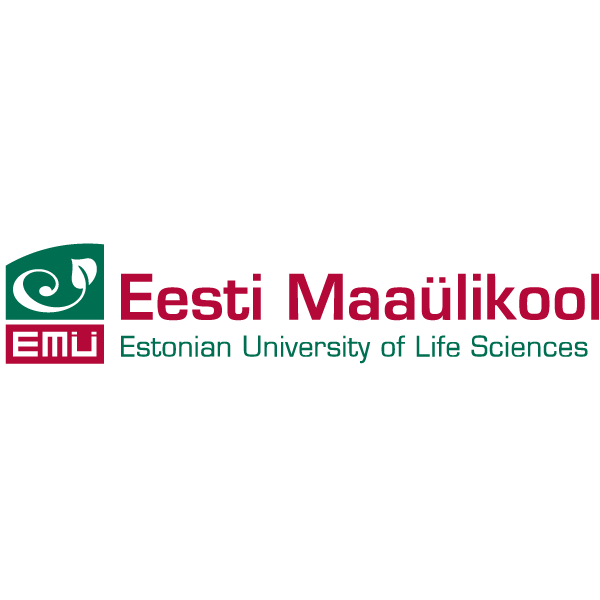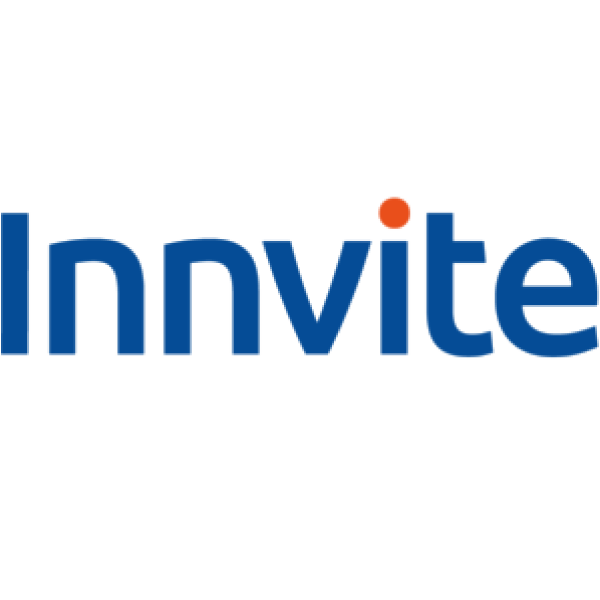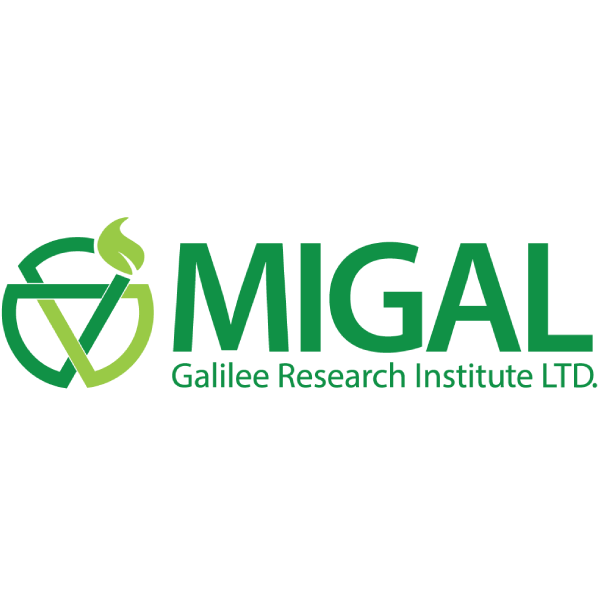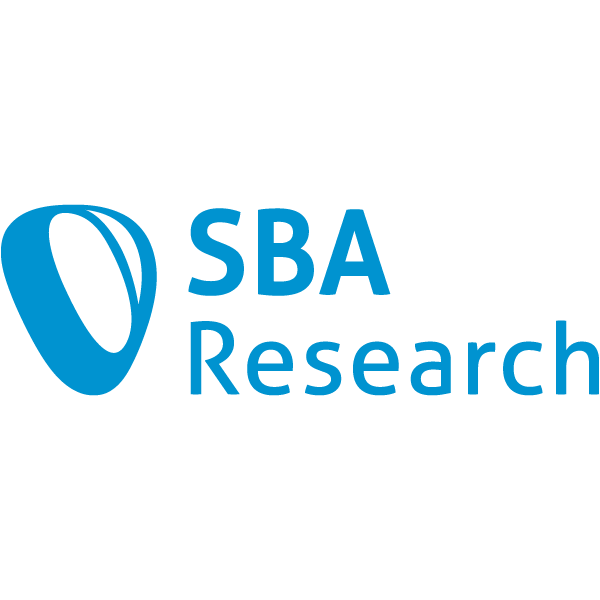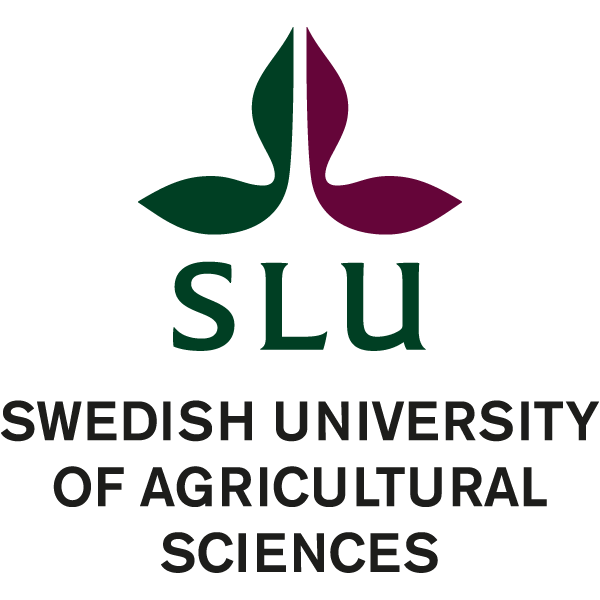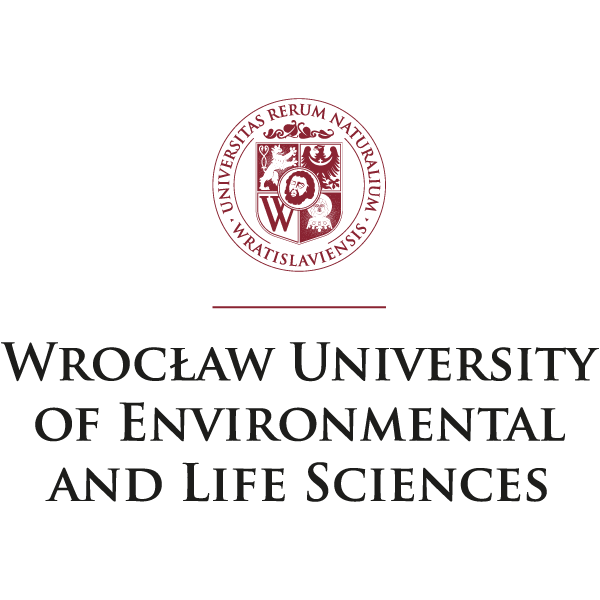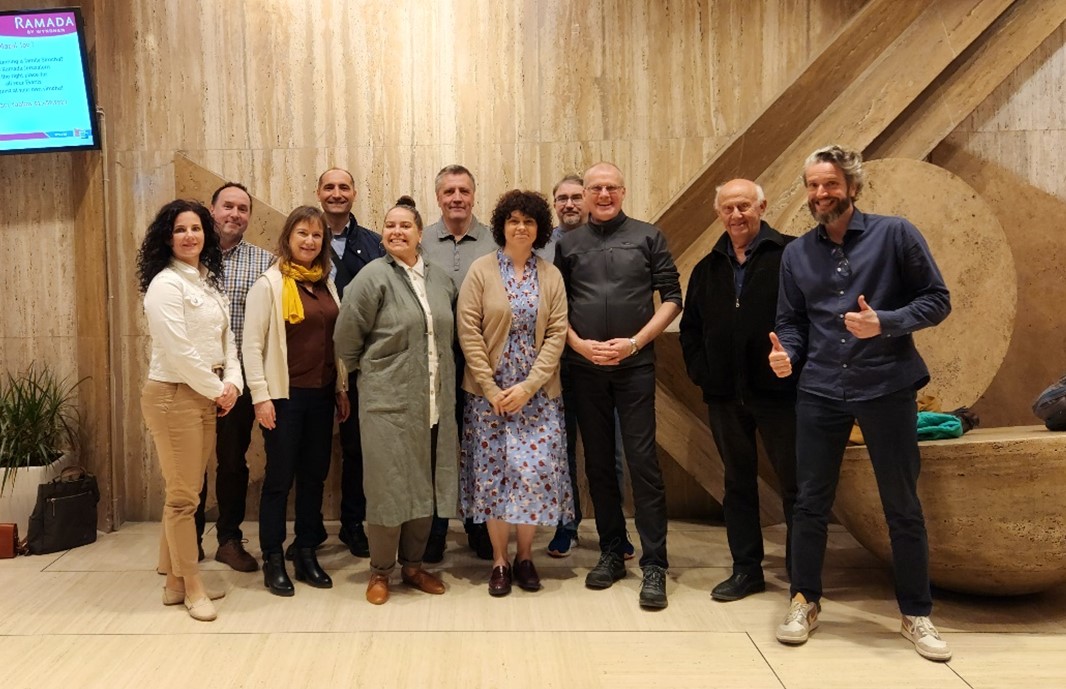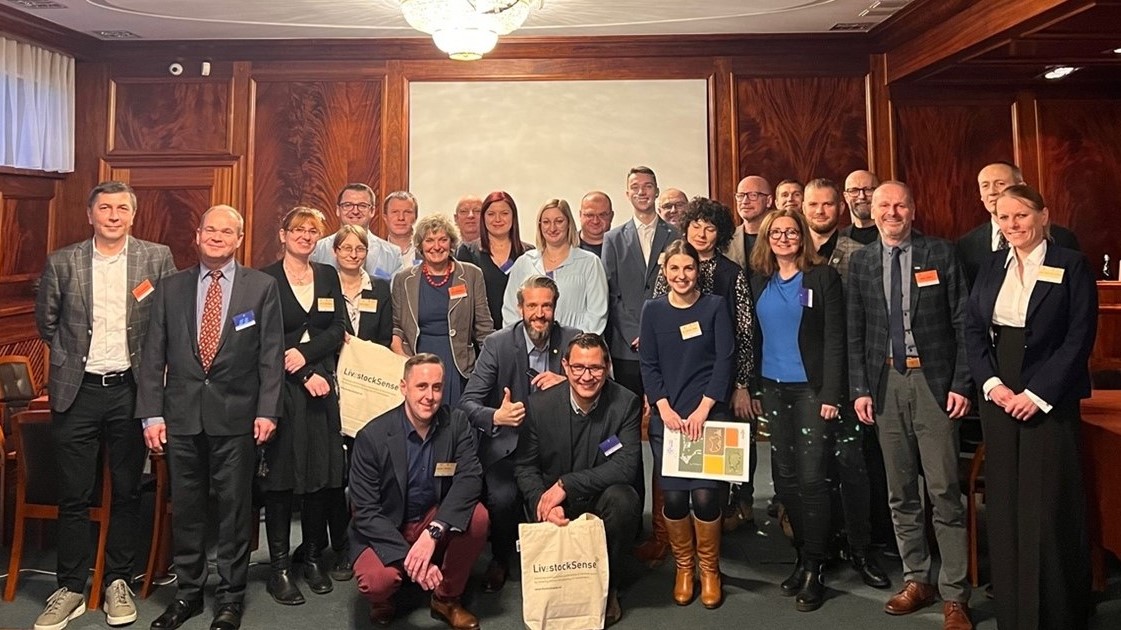Enhancing environmental sustainability of livestock farms by removing barriers for adopting ICT technologies
The main objectives of the LivestockSense are
- To improve the economic and environmental viability of livestock farms through application of advanced information and communication technologies AND
- To identify/remove social barriers for technology adoption to achieve a wider use of ICT on farms.
This will be achieved by selecting and supplying a number of farms in 5 key geographical areas in Europe with Precision Livestock Farming (PLF) tools. Both qualitative and quantitative surveys will be used to understand farmers’ attitudes towards PLF tools to identify barriers for the limited adoption of ICT based technologies. LivestockSense will also involve other actors in the value chain, such as technology developers and policy makers to explore attitudes towards the PLF and understand the future expectations of the livestock sectors. Recommendations will be made to remove or reduce the impact of those barriers. The likely economic and environmental benefits associated with technology adoption will also be incorporated in a learning database and associated website using AI based technologies and ICT tools for decision support.
Background
Utilisation of ICT based tools in agriculture is crucial for the EU to become internationally competitive, socially inclusive and climate neutral by 2050, the goal set in the European Green Deal. However, promoting and adoption of ICT tools is a major challenge in animal production. Although advanced ICT solutions improve the environmental and economic viability of animal husbandry; farmers are not open to new technologies due to a lack of in-depth knowledge about the implications of its usage. The development of sustainable animal husbandry requires the removal of socio-economic and cultural barriers preventing the wider adoption of ICT tools.

